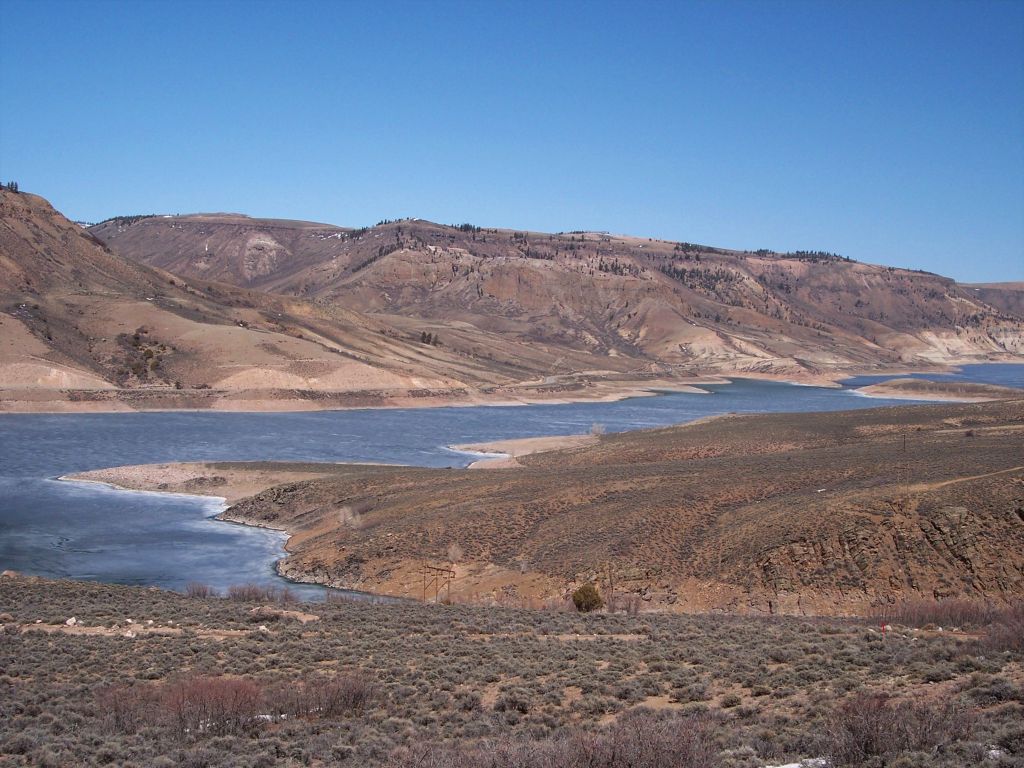
Minute 323 provides a long-term plan for management of the Colorado River. Photo courtesy of Sascha Brück
Water has been a source of conflict for more than 200 years in the West. The Colorado River delta had not seen water for about 20 years until the Pulse Flow, a release of 105,392 acre-feet of water from the Morelos Dam, boosted the Colorado River, allowing it to flow to Mexico’s Gulf of California and reach the ocean in March 2014. The Pulse Flow was released under Minute 319 of the 1944 treaty with Mexico.
Minute 319 provides a water basin management approach focused on the sustainable use of the Colorado River, but it will expire on Dec. 31, 2017. Not to worry, Minute 323, set to be signed on September 26 in Santa Fe, New Mexico, is a continuation of this water basin management approach and provides a sustainable long term plan for the Colorado River.
The Colorado River’s history is a bumpy one. During negotiations over rights to the Colorado River, Mexico was excluded as U.S. states signed the 1922 Colorado River compact, allocating use of the river. That changed with the 1944 treaty, which requires that the United States deliver 1.5 million acre-feet of water per year at the U.S.-Mexico border. In more recent decades, the United States has been increasingly committed to working with Mexico. Through Minute 319, the focus shifted to voluntarily sharing in shortage and surplus water supplies, investing in projects to generate water for U.S. and Mexican stakeholders, managing salinity, developing mechanisms for Mexico to create and store conserved water, identifying long-term projects to investigate for the future and providing temporary flows to the Colorado River delta.
Looking at environmental health, the Colorado River delta has been showing the consequences of the over-appropriated Colorado River. To address this worsening issue, Minute 319 allowed Mexico to store water in Lake Mead, with the intention of delaying need for shortage restrictions. But that water would also be sent to the delta. The minute allowed Mexico to store water in Lake Mead but required that Mexico take part in a reduction in deliveries during shortage conditions and provide funding for research of the effects of the Pulse Flow regarding groundwater levels, salinity levels, the changes to the riparian environment, and the response of plant and wildlife species.
Minute 323 acts as a continuation of 319 but addresses the long-term problems that face the region with the goals of providing a continuous flow of water to the Colorado River Delta and of expanding the restored habitat area to 4,300 acres from 1,000 acres. According to this new minute, Mexico will continue to store water in Lake Mead and both governments will provide funding and other resources for research projects along the border and throughout the region. One important topic of study will be the desalination of the water from the Sea of Cortez. The new minute will require that the U.S. contribute $31.5 million to conservation projects in Mexico focused on improving infrastructure. These projects are expected to save about 200,000 acre-feet of water each year. The money will not only come from the U.S. government but from water providers and agencies such as the Metropolitan Water District of Southern California, Southern Nevada Water Authority, Imperial Irrigation District and Central Arizona Water Conservation District. In return for their funding, these water agencies will receive a portion of the saved water. In addition to funding for conservation projects, the U.S. government and non-governmental agencies will fund $18 million for the habitat restoration and monitoring.
Because of Minute 323, Mexico will continue to find innovative ways of conservation and will continue to store water in Lake Mead. This extra water should increase levels at Lake Mead and reduce the amount of water released from Lake Powell. For Colorado, that means lowering the risk of curtailments and securing a sustainable, reliable water supply for everyone that uses the Colorado River. Minute 323 is a reminder that water is not just for human use but that it has an important role in our environment as many species of plants and wildlife rely on that water.
Read more about the Colorado River Basin and Minute 319 at our website!

 Print
Print
Reblogged this on Coyote Gulch.